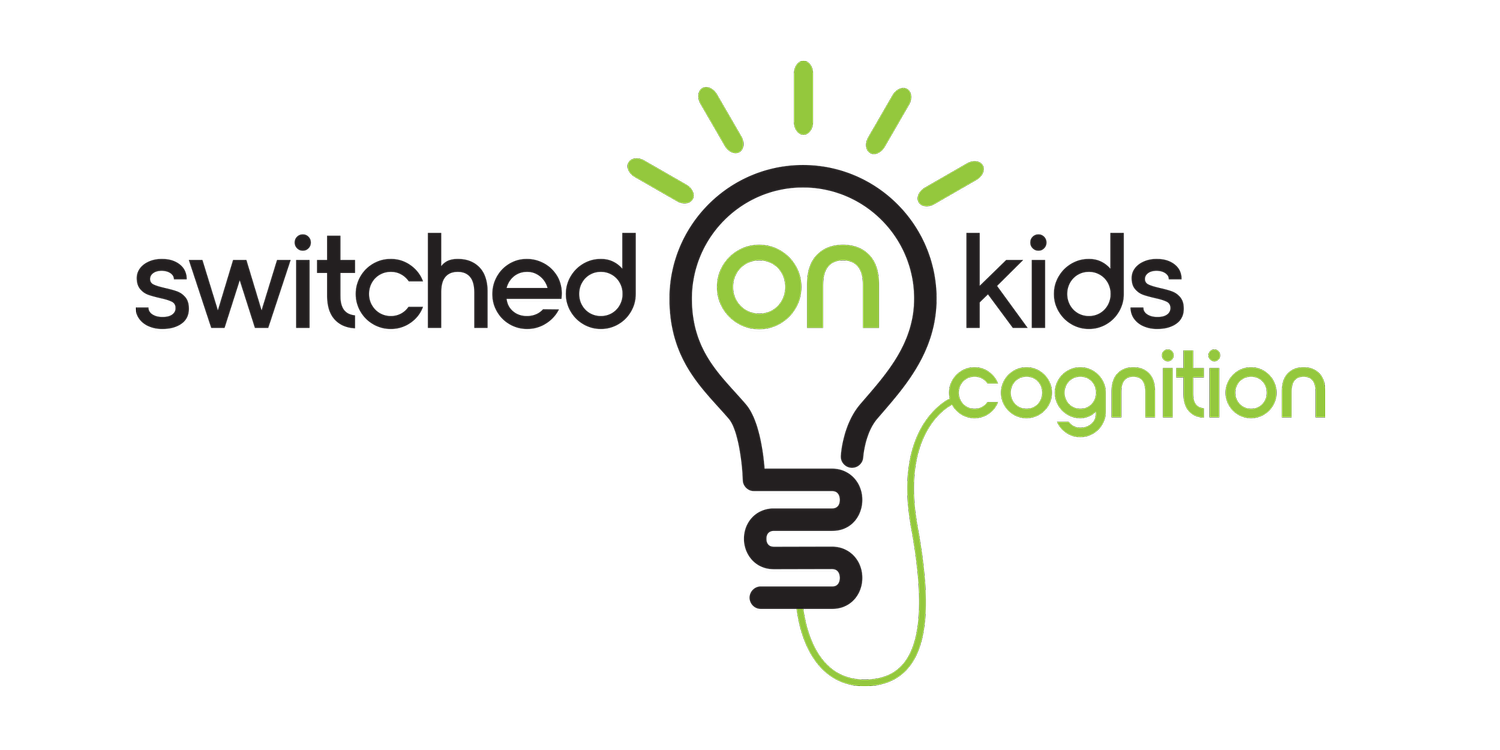Visualisation
Albert Einstein once said, “If I can’t picture it, I can’t understand it.”
Visual imagery is the ability to ‘see with the mind’s eye’. We use visual imagery or pictures to revisit scenes in our lives and to imagine the future. Visualisation is one of those incredibly important skills that is rarely taught at school. Experts in any field (sport, art, science) have powerful visualisation skills and have practiced their craft in their “mind’s eye” over and over again (perhaps thousands of times over).
The ability to create images in the mind’s eye exists on a spectrum that ranges from the complete absence of the ability to form pictures in one’s mind (aphantasia) to the ability to “see” vivid images that may be comparable to a photograph (hyperphantasia) (Keogh et al., 2021). At one extreme individuals with aphantasia may have prosopagnosia (or the inability to recognise faces) while at the other extreme, they may have synaesthesia where they experience things such as letters, numbers or music in colour.
Visual imagery is pictorial (Pearson & Kosslyn, 2015a). The strength of cortical excitability controls the strength of the image (Keogh et al., 2020). The strength and vividness of mental imagery affect cognition and mental health (think vivid flashbacks in PTSD). Activation of the visual cortex is associated with how vivid we report an image to be. For example, is the imagined image as clear and detailed as a photograph? Scientists have used electroencephalogram (EEG) which detects the brain’s electrical activity and found that the brain EEG differs when a person is shown an image and at the same time asked to imagine a different image (Fukuma et al., 2022).
When we imagine doing something, the same areas of the brain light up as if we were doing it in real life. It is for this reason that visualisation is often used to practice and enhance skills. Mental imagery can be used to boost; attention, sport, perception, planning, and memory. Generating mental images activates a wide range of brain regions, including frontal areas involved in executive functions and posterior areas of the brain involved in vision. There is a large overlap in brain regions that process true perception and those that process imagery. This overlap is widespread throughout the brain and seen in the visual, parietal and frontal cortex suggesting that perception and imagery rely on similar brain regions (Dijkstra et al., 2019). It is thought that individual differences in the ability to use visual imagery are associated with structural and functional differences in visual cortex.
Visualisation or practice in the mind’s eye can boost performance. Visualisation skills enable us to solve problems from a young age. Preschool children who were asked to imagine how a ball would travel through a tube were more likely to be able to solve a tricky spatial problem than those who did not imagine the path the ball would take (Palmquist et al., 2018). Visual imagery was assessed in a group of young soccer players (ages 9-15). The researchers found that higher scores on visual motor imagery scales were correlated with better coordination and faster reaction times which result in better skills on the field (Zapala et al., 2021).
Teaching a child how to visualise will enable them to perform more challenging tasks. For example, when a child can visually add 12+11 in their mind, they automatically free up working memory to work on the next part of the equation (or even to resist one of the many distractions in the classroom).
Have you ever questioned your child about their visualisation skills? Can they make clear and vivid pictures in their mind? Do they use images to practice things in their head? Do they use visual images to help them learn? Can they make a movie in their mind to help them complete a sequence of steps?
Individuals who have good visualisation skills can use them to learn, understand and remember. Visual imagery facilitates reading skills (Commodari et al., 2020). Many kids may be able to read and have a well-developed vocabulary, yet find it hard to comprehend and understand what they read. Teaching visualisation skills is a great way to assist kids with reading comprehension and can be used to help kids who struggle to understand text they have read themselves or that has been read to them. We can start by asking children to creating simple images but at the highest level we want kids to able to visualise the main idea or concept. Ask your child to create a picture in their mind or a movie. A child who can visualise characters and settings in fictional books is more likely to enjoy reading.
Teaching children who have developmental language delays or difficulties with auditory processing how to visualise is incredibly helpful. The use of visual imagery strategies are helpful for those children who:
Do not get jokes.
Miss details or ask questions that have already been answered.
Struggle with instructions, verbal directions or large amounts of verbal information.
Fail to grasp the main idea in conversation.
Are less likely to respond to verbal explanations.
Have a tendency to be quiet and less likely to express themselves.
Can read, but find it “boring” and struggles to comprehend what they read.
Creating mental images of text makes it easier to understand abstract information. This means that a child can process information, recall it later and then translate the information into their own words.
Mental imagery allows us to remember the past and plan the future. Visualisation is a skill that CAN be taught. We want kids to create mental images that are as vivid and detailed as possible. We may start by giving the child a picture to look at and describe in as much detail as possible (while the picture is in front of them). Next, we can ask them to describe objects that are very familiar but not in front of them (e.g., their bedroom). An 11-year-old said to me recently; “It is so weird and cool how I can make a picture in my mind with my eyes open, while I read”. This is a child who did not used to like reading but was taught a visual imagery strategy and now loves to read (big win!).
The ability to visualise is associated with reading comprehension. Children who have visual impairments have specific difficulties when they are asked to draw inferences about spatial information when listening to stories (in contrast their comprehension of emotional or temporal information is normal). (Sullivan & Oakhill, 2020). Neuroimaging has shown that an increased reliance on executive functions and auditory-visual networks when listening to stories is associated with future reading ability (the brain imaging was done before the children learned to read) (Horowitz-Kraus et al., 2013).
Research has found that children with ASD are more likely to rely on visuospatial processing to aid language comprehension. This strength has been used to improve language comprehension difficulties in ASD (Murdaugh et al., 2016). Visualisation is strongly linked to nonverbal working memory. A child with strong executive functioning skills will be able to imagine (or visualise) what “done” looks like and then work backward to figure out the steps needed to do it. Anxious children can be taught to visualise scenarios or events before they attend. Seeing an “uncertain” event in our mind’s eye can make the event seem more predictable and decrease anxiety.
I hope I have convinced you that visualisation is an incredibly important skill!! If a child cannot see in their mind what they need to do, then it is very difficult for them to work backward to figure out the steps needed to do it. Children must be able to visualise an end product to understand how to work backward and complete the steps to be able to get it “done”. For example, if they can imagine themselves ready for the beach, they can work backwards to work out what they need to wear and pack. If they can visualise themselves ready for school, they can work backward to complete the tasks needed to get ready.
The Switched-On Kids Cognition program places a strong emphasis on visualisation skills and has numerous activities to develop this vital skill. Modules 4 and 5 cover visualisation skills and are designed to help your child: remember instructions, remember directions, remember scenes, spell difficult words, visualise math concepts, and improve reading comprehension.
To help your child improve their visualisation skills, please see HERE.
References
Commodari, E., Guarnera, M., Di Stefano, A., & Di Nuovo, S. (2020). Children Learn to Read: How Visual Analysis and Mental Imagery Contribute to the Reading Performances at Different Stages of Reading Acquisition. Journal of Psycholinguistic Research, 49(1): 59-72.
Dijkstra, N., Bosch, S. E., & van Gerven, M.A.J. (2019). Shared Neural Mechanisms of Visual Perception and Imagery. Trends in Cognitive Science, 23(5): 423-434.
Fukuma, R., Yanagisawa, T., Nishimoto, S, Sugano, H., Tamura, K., Yamamoto, S., Iimura, Y., Fujita, Y., Oshino, S., Tani, N., Koide–Majima, N., Kamitani, Y., Kishima, H. (2022). Voluntary control of semantic neural representations by imagery with conflicting visual stimulation. Communications Biology, 5(214).
Horowitz-Kraus, T., Vannest, J. J., & Holland, S.K. (2013). Overlapping neural circuitry for narrative comprehension and proficient reading in children and adolescents. Neuropsychologia, 51(13): 2651-62.
Keogh, R., Bergmann, J., & Pearson, J. (2020). Cortical excitability controls the strength of mental imagery. eLife, 9: 50232.
Keogh, R., Pearson, J. & Zeman, A. (2021). Aphantasia: The Science of visual imagery extremes. Handbook of Clinical Neurology, 178: 277-296.
Murdaugh, D.L., Deshpande, H.D., & Kana, R.K. (2016). The impact of reading intervention on brain responses underlying language in children with autism. Autism Research, 9(1):141-54.
Palmquist, C.M., Keen, R., & Jaswal, V.K. (2018). Visualization instructions enhance preschoolers' spatial problem-solving. British Journal of Developmental Psychology, 36(1): 37-46.
Sullivan, S. & Oakhill, J. (2020). Inference making skill in children with visual impairments. Research in Developmental Disabilities, 104: 103713.
Zapala, D., Zabielska-Mendyk, E., Cudo, A., Jaśkiewicz, M., Kwiatkowsk, M., & Kwiatkowsk, A. (2021). The Role of Motor Imagery in Predicting Motor Skills in Young Male Soccer Players. International Journal of Environmental Research and Public Health, 18(12): 6316.


